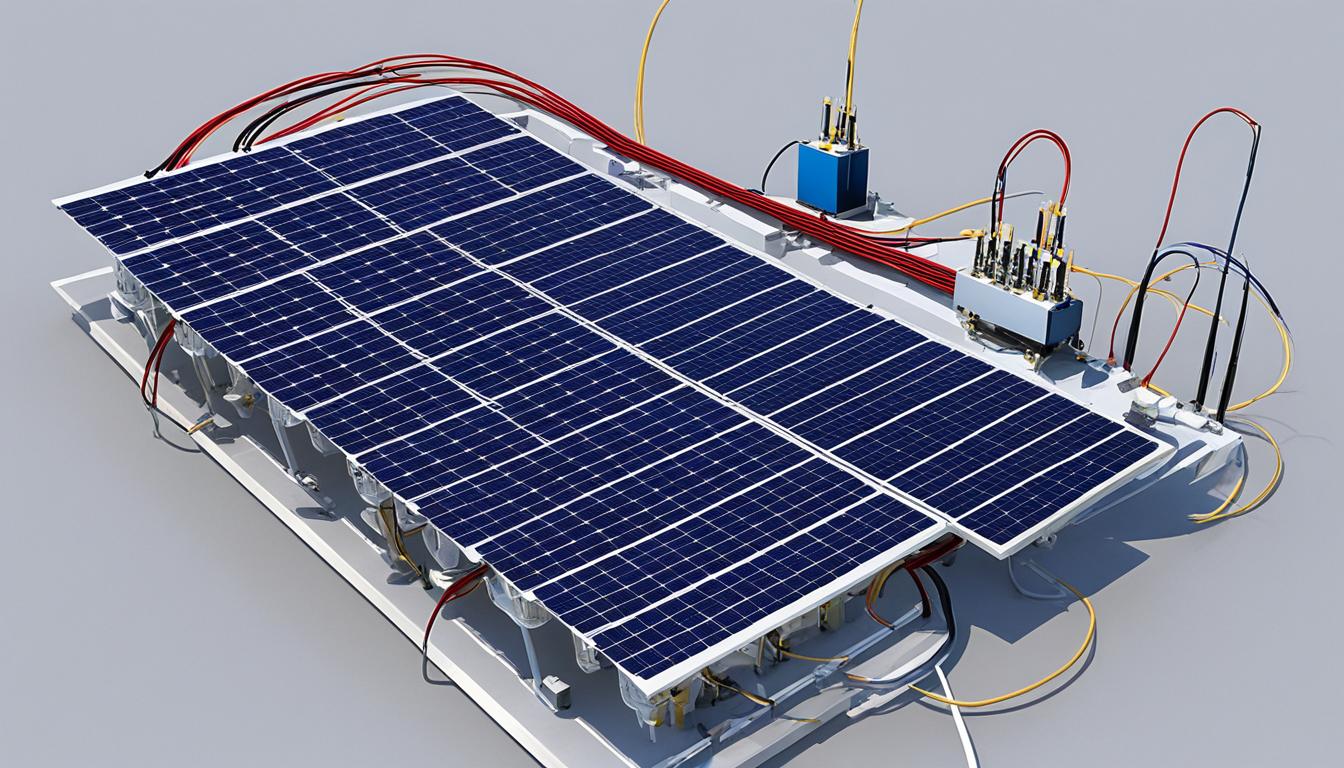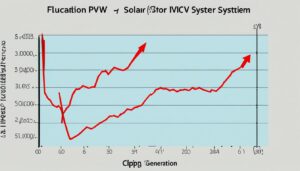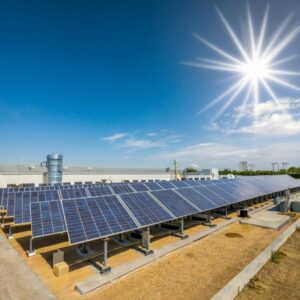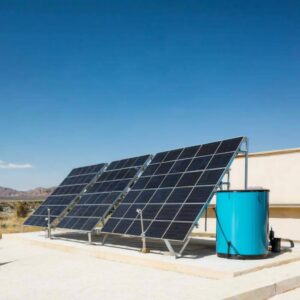
As the United States continues to embrace renewable energy sources, solar power has become an increasingly important part of the country’s energy landscape. At the heart of every solar power system lies a crucial component – the solar transformer. These specialized transformers are designed to optimize energy efficiency and contribute to the overall sustainability of solar power installations.
Solar transformers play a critical role in converting the direct current (DC) produced by solar panels into the alternating current (AC) that powers our homes, businesses, and electrical devices. By efficiently converting and transmitting solar energy, these transformers minimize energy loss and voltage fluctuations, ensuring a consistent and reliable flow of electricity.
One of the key advantages of solar transformers is their ability to withstand harsh outdoor environments, making them ideal for solar power applications across the United States. Equipped with protective enclosures and safety features, these transformers are built to endure the elements and ensure the longevity and reliability of the solar power system.
The demand for high-quality solar transformers is on the rise, driven by the increasing adoption of solar energy. With their vital role in enabling the integration of renewable energy sources into the existing power grid, solar transformers contribute to a more sustainable and environmentally friendly energy infrastructure.
Key Takeaways:
- Solar transformers are essential components in solar power systems, converting DC to AC for effective energy utilization.
- They minimize energy loss and voltage fluctuations, ensuring a reliable flow of electricity.
- Solar transformers are built to withstand harsh outdoor environments and enhance the longevity of solar power installations.
- They play a vital role in integrating renewable energy into the existing power grid, contributing to sustainability.
- The increasing demand for solar transformers is driven by the growing adoption of solar energy.
The Importance of Solar Transformer Efficiency
Solar transformer efficiency plays a crucial role in optimizing the energy conversion process and enhancing the overall performance of solar power systems. Higher efficiency transformers minimize energy loss during the conversion process, resulting in increased energy savings and reduced operating costs. A key metric used to measure solar transformer efficiency is power conversion efficiency, which represents the percentage of solar energy successfully converted into usable electrical power.
Investing in high-efficiency solar transformers not only leads to significant long-term savings but also contributes to a reduced carbon footprint. By minimizing energy wastage during the conversion process, these transformers play a vital role in promoting sustainability and reducing dependence on fossil fuels. Less energy wastage also translates into lower greenhouse gas emissions, further aligning solar power systems with the goal of reducing our environmental impact.
Modern solar transformers incorporate advanced technologies such as improved magnetic cores, reduced resistance, and enhanced cooling systems to achieve higher efficiency levels. These design features optimize the energy conversion process and ensure the maximum utilization of solar energy. Continued research and development efforts in the field of solar transformer technology aim to further improve efficiency levels, making solar energy an economically attractive and environmentally friendly option for both residential and commercial applications.
Advancements in Solar Transformer Technology
The field of advanced solar transformer technology has been rapidly evolving to meet the growing demand for renewable energy solutions. With the integration of smart grid capabilities, solar transformers now offer seamless communication and control between the solar power system and the existing electrical grid. This integration ensures grid stability and efficient power flow, facilitating the smooth integration of solar energy into the overall electricity distribution network.
One significant area of innovation in solar transformer technology is the improvement of power quality. Advanced transformers are designed to regulate voltage levels, reduce harmonic distortion, and enhance overall power quality. These advancements result in improved efficiency and reliability of the solar power system, ensuring the delivery of high-quality, consistent electricity.
Manufacturers are also focusing on optimizing the size, weight, and overall footprint of solar transformers. By making them more compact and easier to install, these advancements allow for greater flexibility and compatibility with a wide range of solar power applications. As a result, solar transformers can be seamlessly integrated into various locations throughout the United States, contributing to a more resilient and efficient electrical infrastructure.
With ongoing research and development efforts, the future of advanced solar transformer technology appears promising. Further improvements are expected in terms of efficiency, durability, and integration capabilities. These advancements will continue to drive the adoption of solar energy, contributing to a more sustainable and environmentally friendly energy landscape in the United States and beyond.
FAQ
What role do solar transformers play in the US solar power landscape?
Solar transformers play a crucial role in optimizing energy efficiency and sustainability within the US solar power landscape. They are specifically designed to convert the direct current (DC) generated by solar panels into alternating current (AC) that can be used to power homes, businesses, and other electrical devices.
How do solar transformers contribute to the performance and reliability of solar power installations?
By efficiently converting and transmitting solar energy, solar transformers help minimize energy loss and voltage fluctuations, ensuring a consistent and steady flow of electricity. They are built to withstand harsh outdoor environments and are equipped with protective enclosures and other safety features to ensure the longevity and reliability of the solar power system.
Why is solar transformer efficiency important?
Solar transformer efficiency is a critical factor in maximizing the energy conversion process and optimizing the overall performance of solar power systems. Higher efficiency transformers minimize energy loss during the conversion process, resulting in increased energy savings and reduced operating costs. Investing in high-efficiency solar transformers can lead to significant long-term savings and a reduced carbon footprint.
How is solar transformer efficiency measured?
Solar transformer efficiency is typically measured in terms of power conversion efficiency, which represents the percentage of solar energy that is successfully converted into usable electrical power.
What advancements have been made in solar transformer technology?
Advanced solar transformers now offer features such as smart grid integration, enabling seamless communication and control between the solar power system and the existing electrical grid. This integration ensures grid stability and efficient power flow, enabling smooth integration of solar energy into the overall electricity distribution network.
How do advancements in solar transformer technology improve power quality?
Advanced transformers are designed to regulate voltage levels, reduce harmonic distortion, and enhance overall power quality, leading to improved efficiency and reliability of the solar power system.
What are the future prospects for solar transformer technology?
With ongoing research and development, the future of solar transformer technology looks promising, with further improvements expected in terms of efficiency, durability, and integration capabilities. These advancements not only contribute to the increased adoption of solar energy but also pave the way for a more resilient and efficient electrical infrastructure in the United States.








